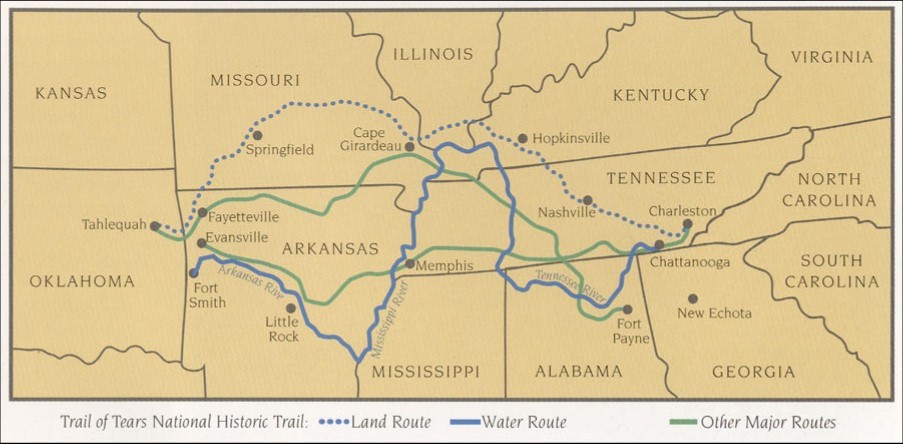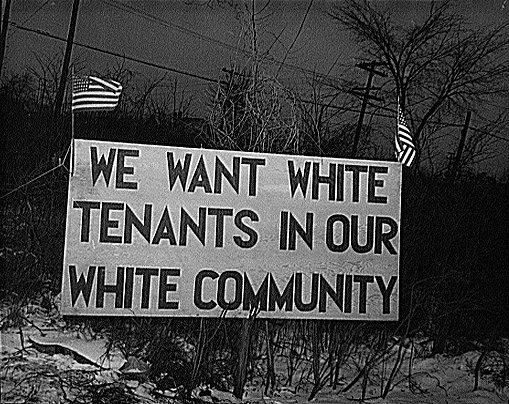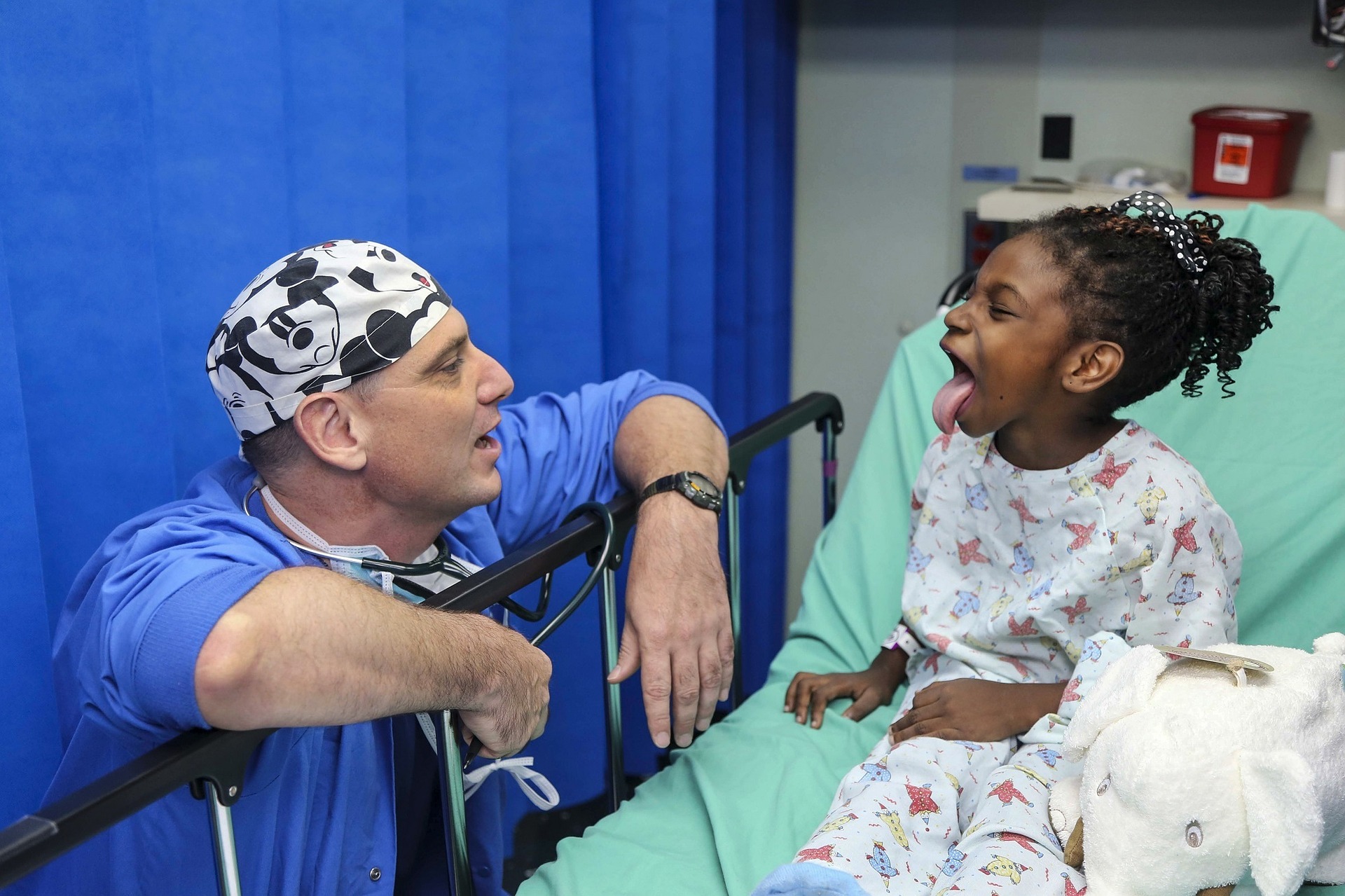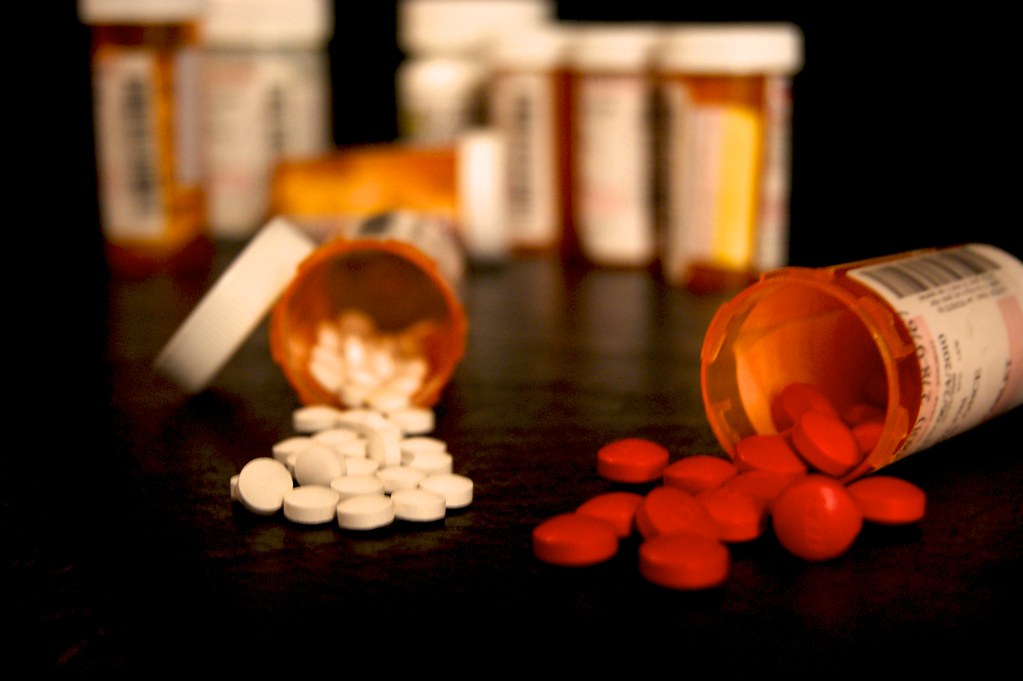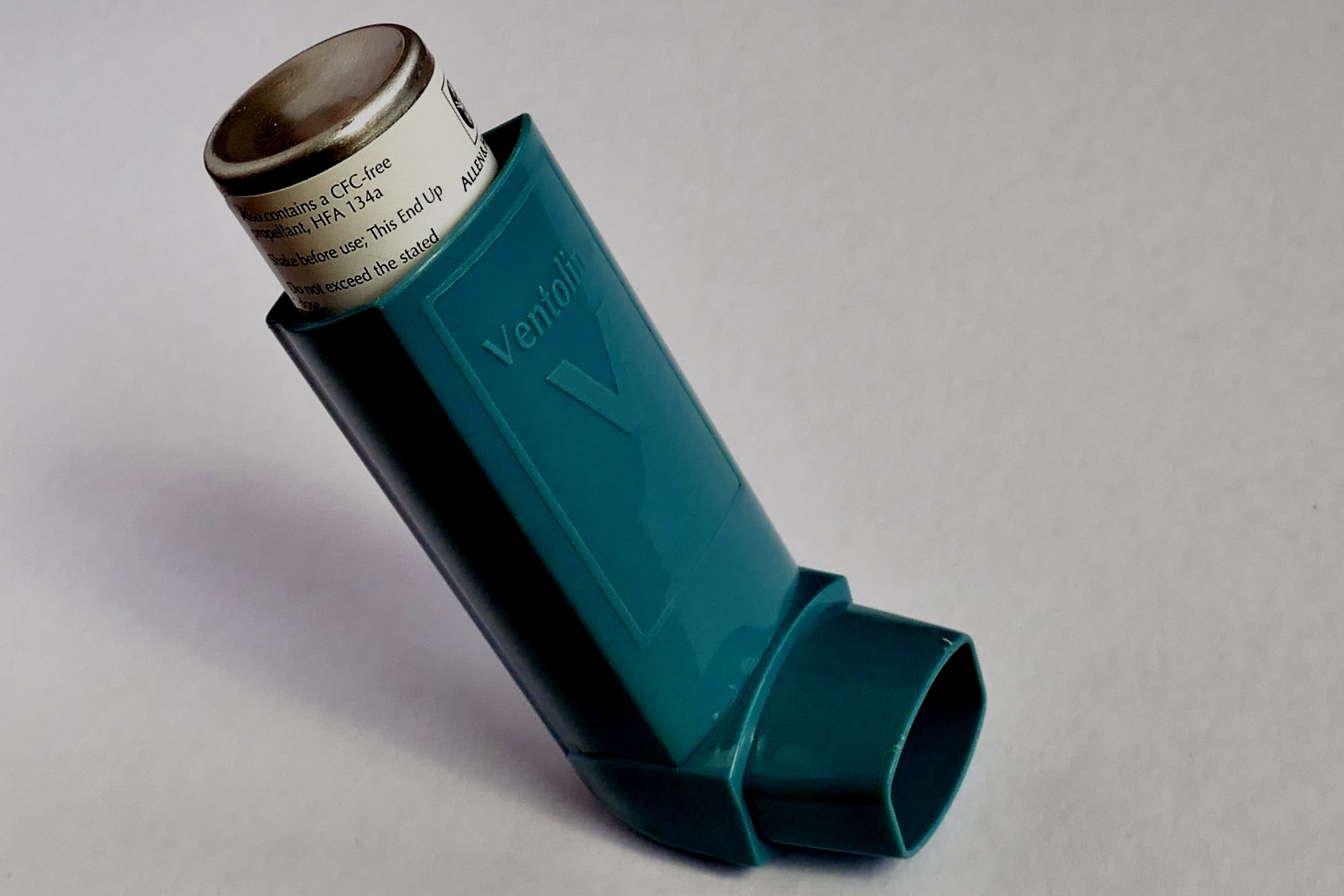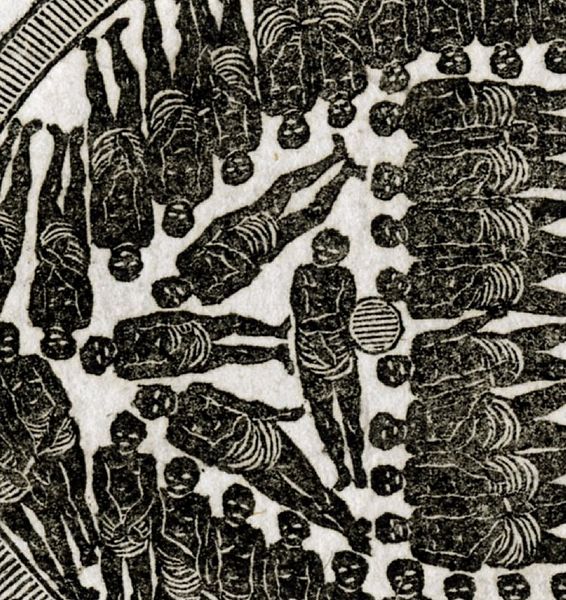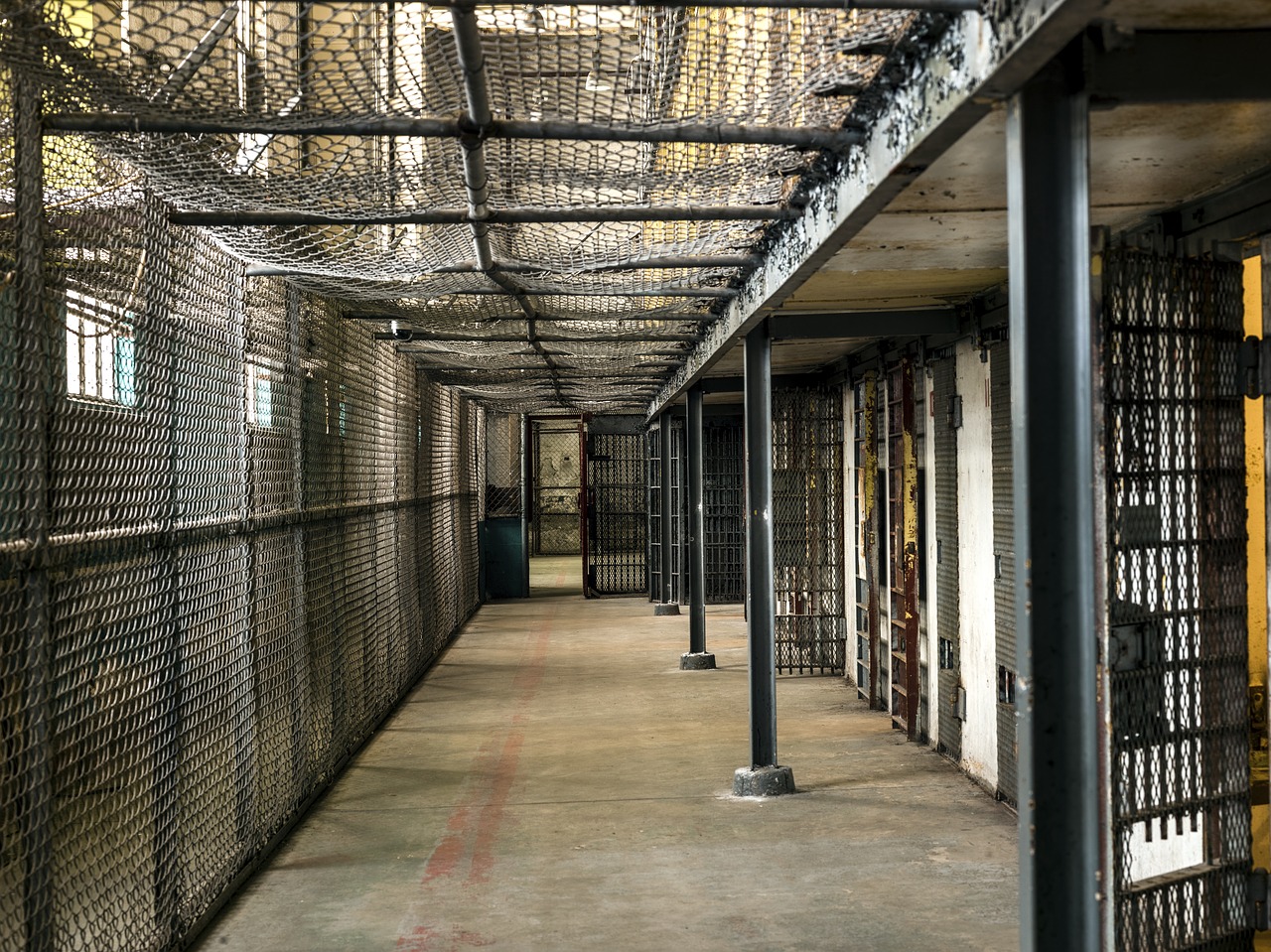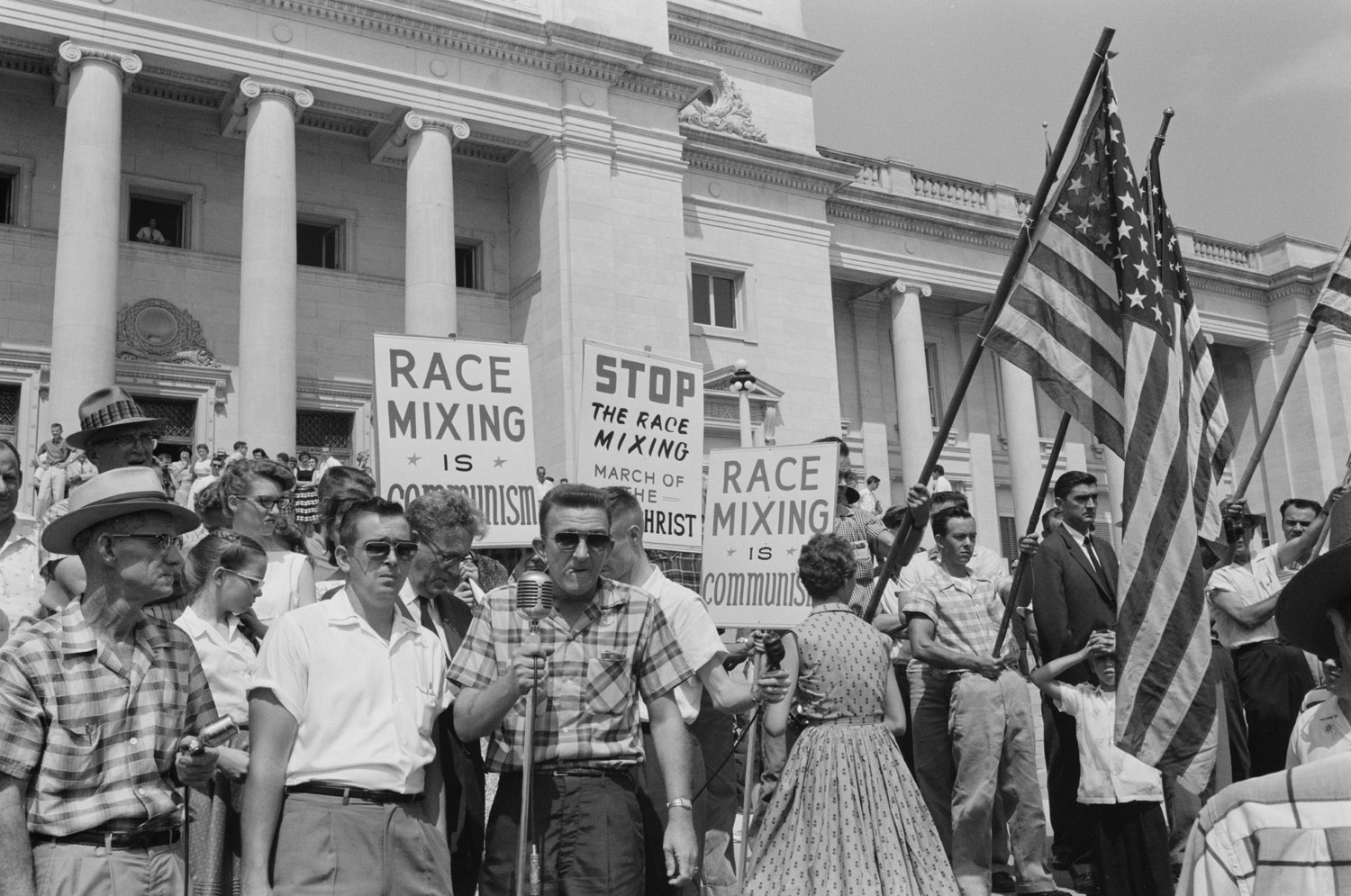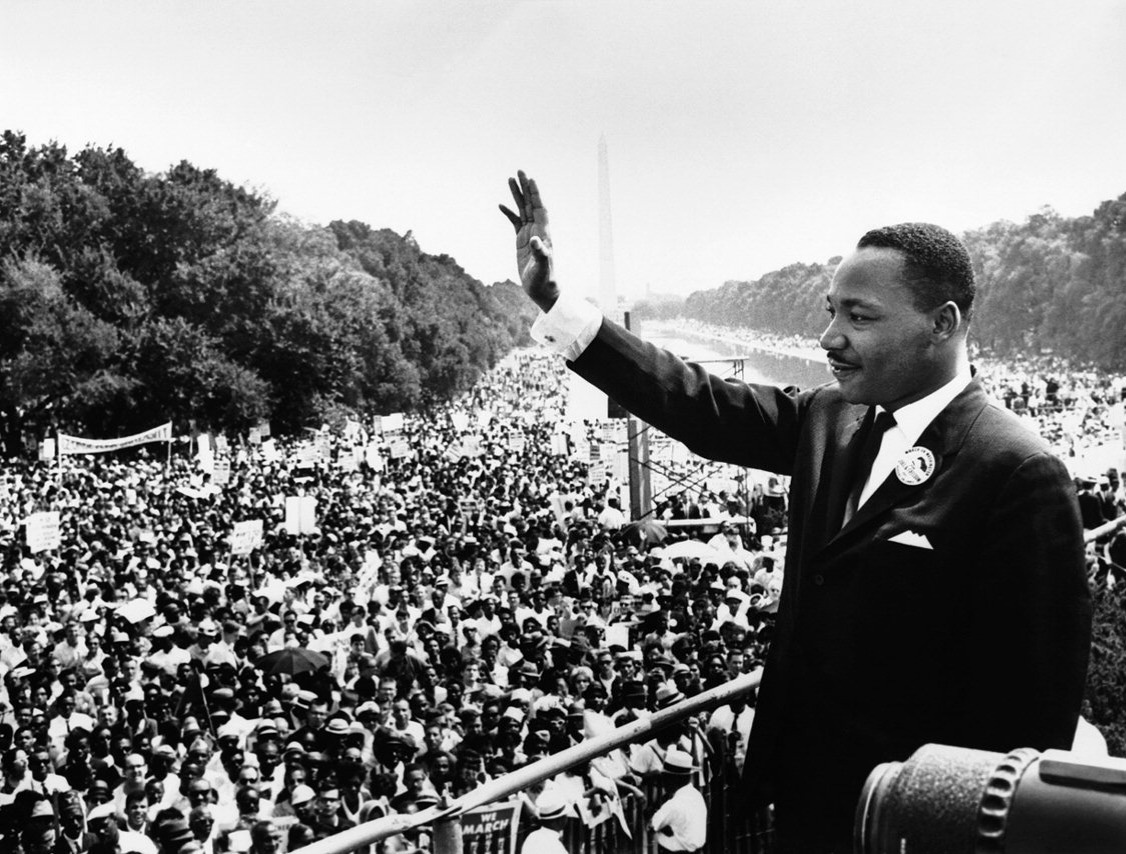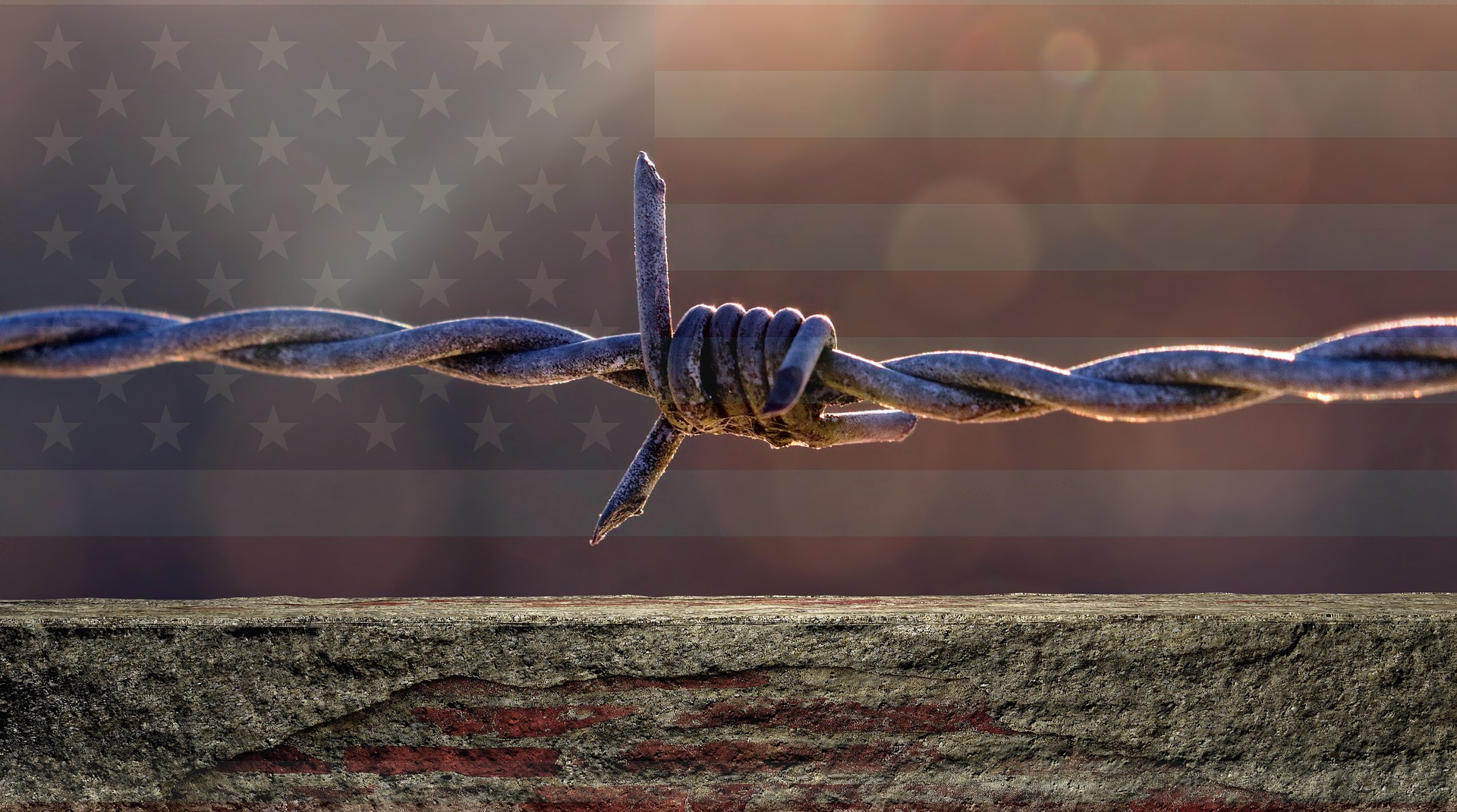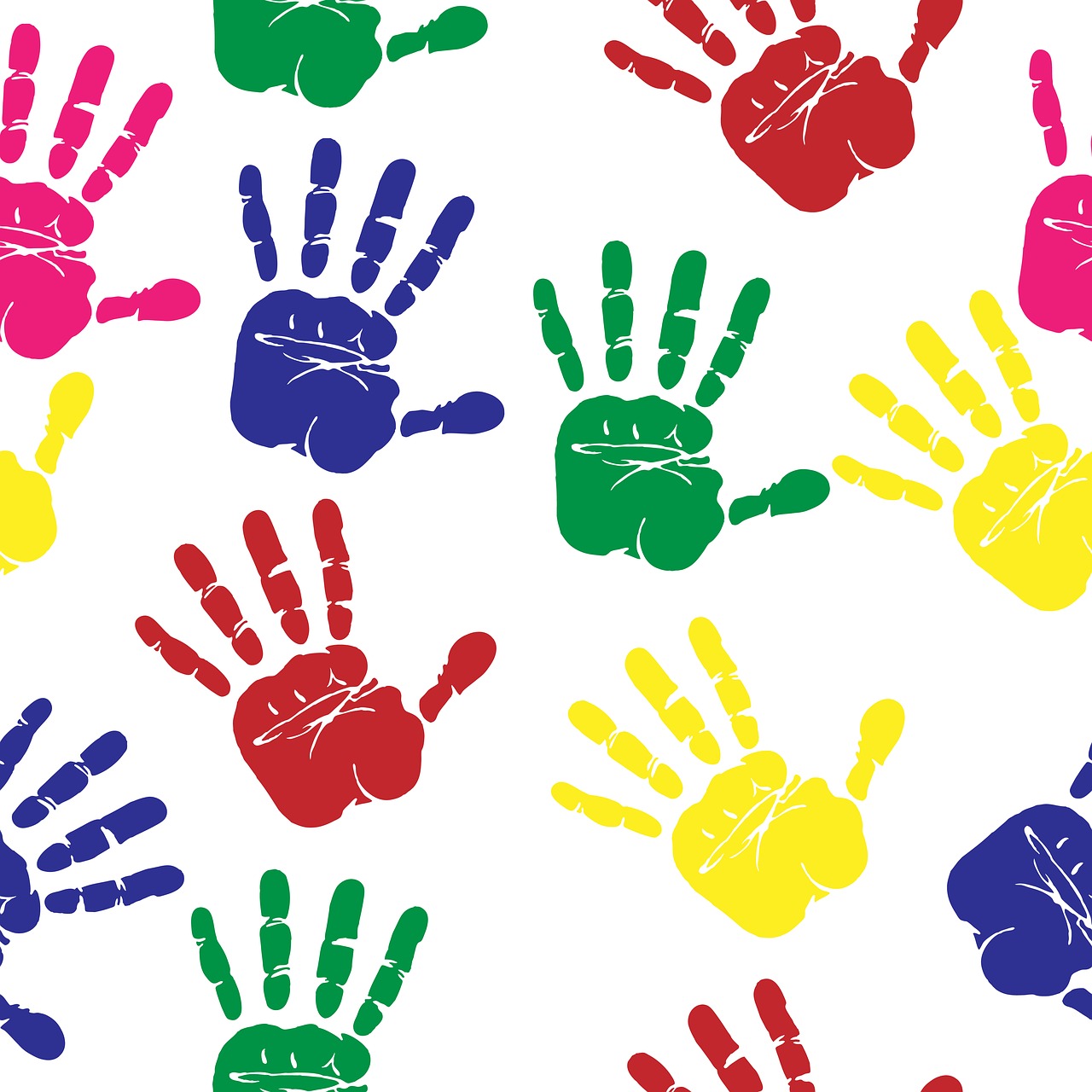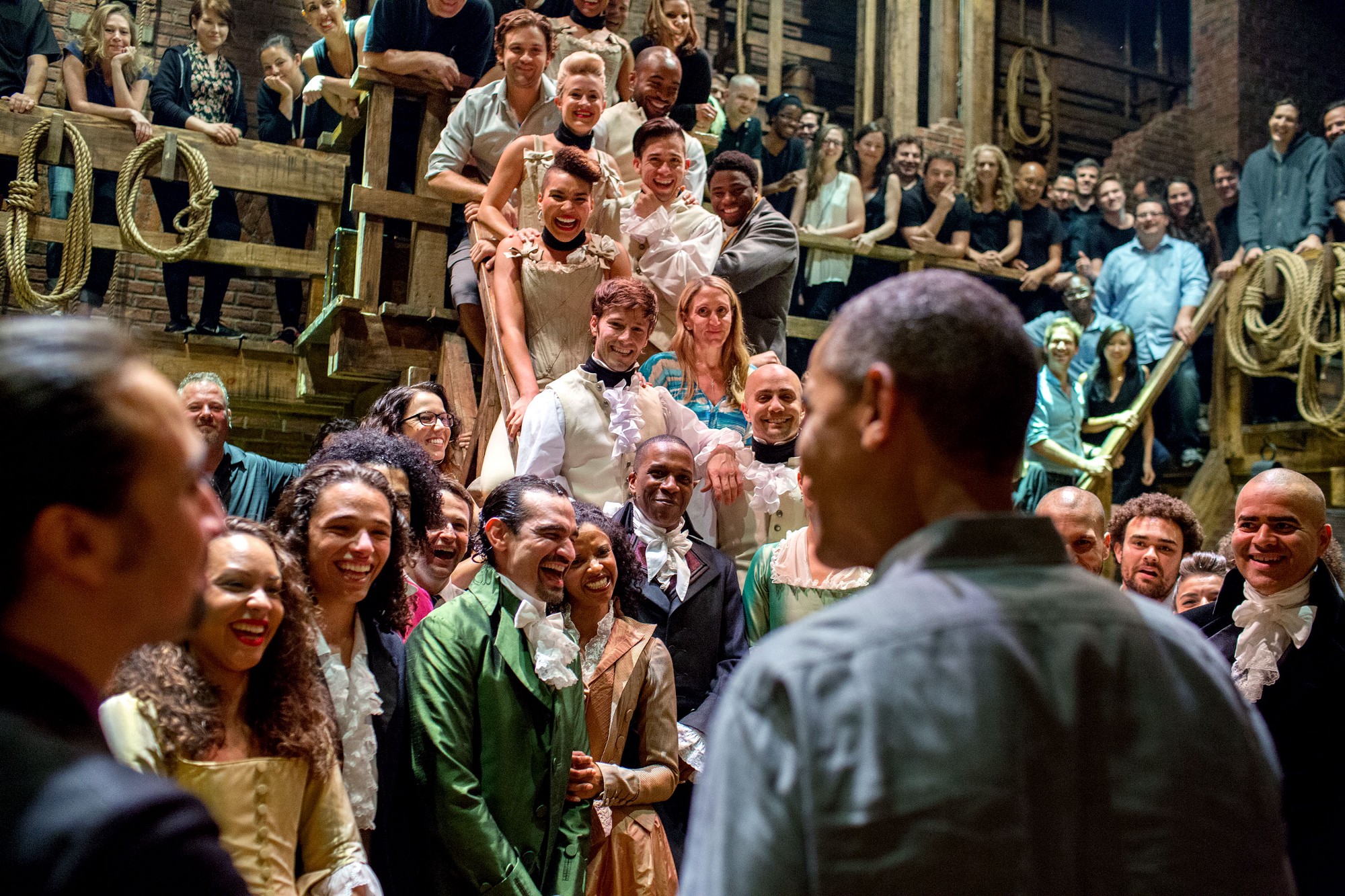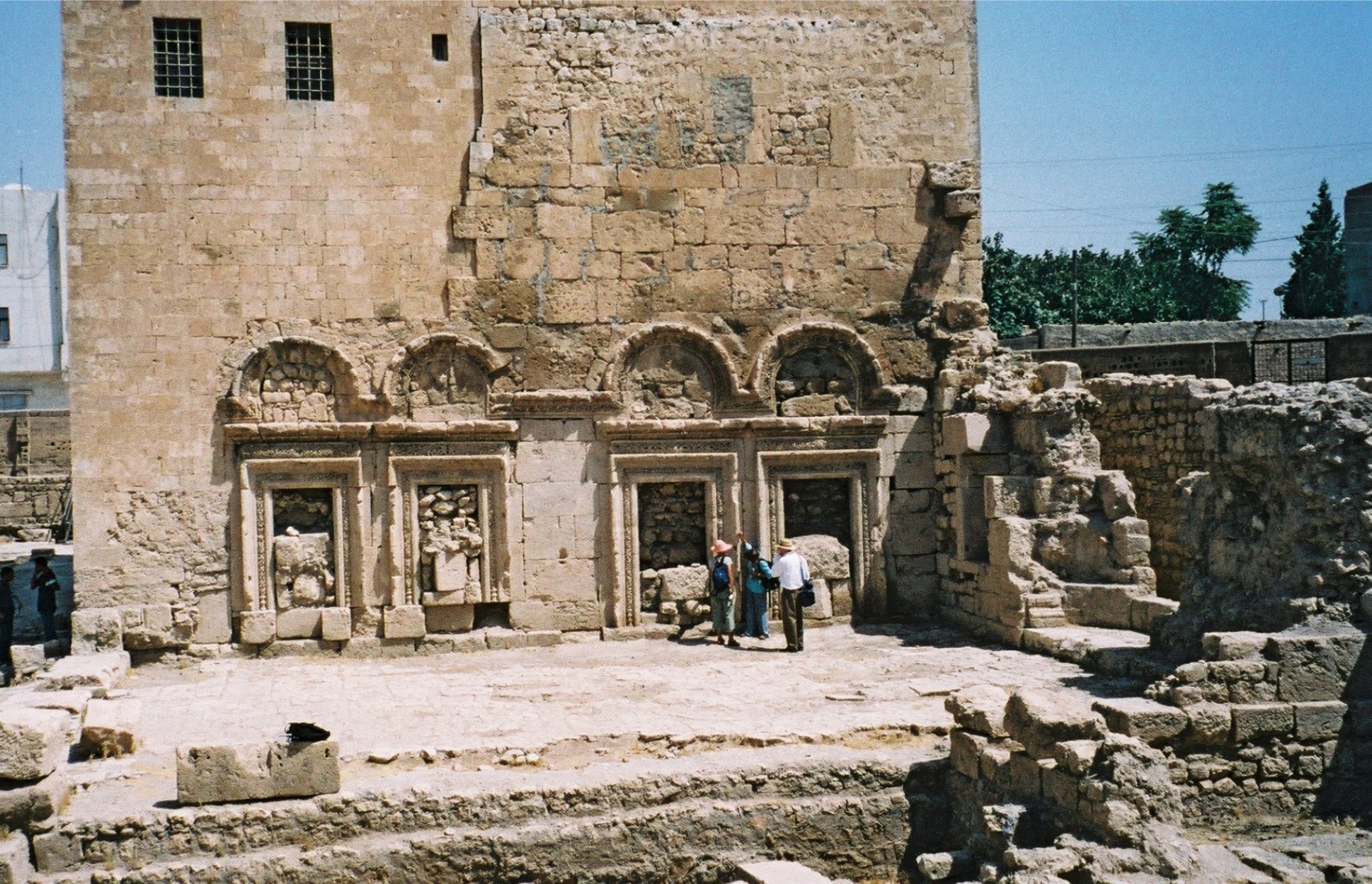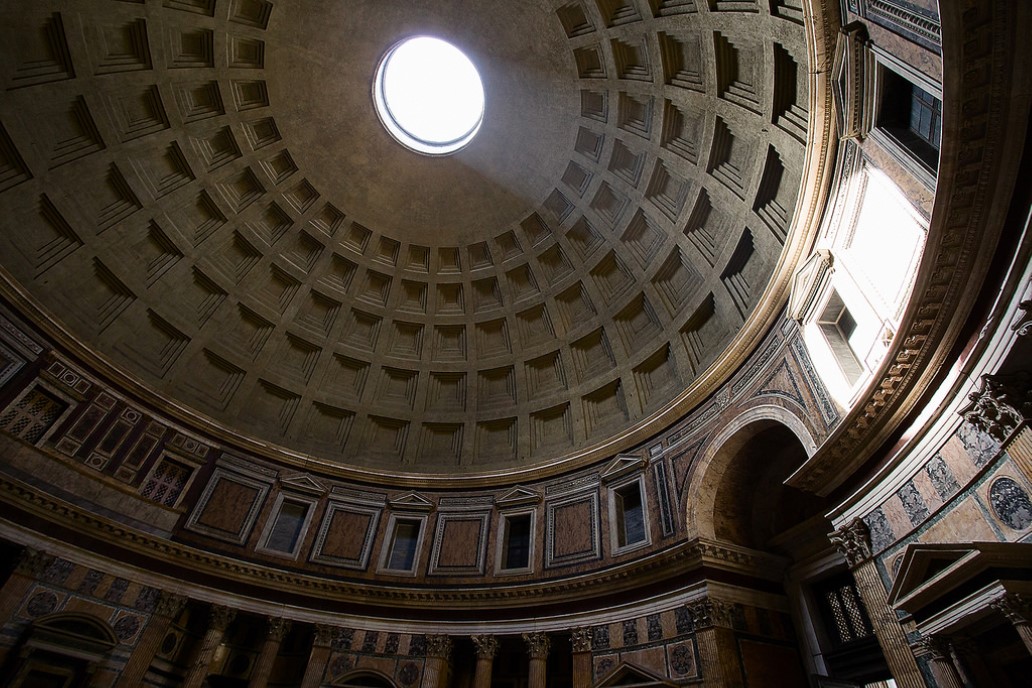Race and Health Disparities: Environmental Causes
Photo credit: Grzegorz Skibka | Pixabay.
Introduction
The following resources explore how people’s health is impacted by social systems like poor public housing, environmental pollution, etc. For more resources not necessarily related to race, see Environment and Health.
Conversation Stations
These are the images used in artistic physical displays. They are survey questions and conversation starters that are topically and thematically organized. They demonstrate how Jesus is relevant to each topic or theme. You can also just view the images on your device. If you would like, see all our Conversation Stations; below are the ones that relate to the topic of Race.
Whose Justice? (and instructions and Christian Restorative Justice Study Guide)
Whose Justice? for Harvard Law School
Is a Good Friend Hard to Find? (and instructions and conversation tree)
What Can We Do About Evil? (and instructions and conversation tree) and smaller version and brochure version
Que Podemos Hacer Sobre La Maldad? for the Asociacion Dominicana de Estudiantes Evangelico, 2014
Does the Good Outweigh the Bad? (and instructions)
Race What's the Problem? (and instructions) and brochure version
Christian Resources on Racial Health Disparities Because of Environmental Causes
Veronica Squires and Breanna Lathrop, How Neighborhoods Make Us Sick: Restoring Health and Wellness to Our Communities. InterVarsity Press | Amazon page, Jan 8, 2019.
Christoffer Grundmann, Global Christian Healthcare Missions, European Colonialism, and the Demand to Decolonize Medicine. Christian Journal for Global Health, Mar 19, 2025.
Other Resources on Racial Health Disparities Because of Environmental Causes
National Birth Equity Collaborative (website) aims to reduce Black maternal and infant mortality through research, family centered collaboration, and advocacy
Centers for Disease Control and Prevention, Public Health Image Library: Tobin Bridge (CDC) discusses a photo of a construction worker in 1979 removing lead from the Tobin Bridge in Boston; lead poisoning of children was found under Tobin Bridge.
U.S. General Accounting Office, Siting of Hazardous Waste Landfills and Their Correlation With Racial and Economic Status of Surrounding Communities. General Accounting Office, Jun 1, 1983. about four hazardous waste landfill sites in the South, and the surrounding communities being both black and poor
Robert Bullard, Dumping in Dixie: Race, Class, and Environmental Quality. CIESIN, 1990. See also Gregory Dicum, Meet Robert Bullard, the Father of Environmental Justice. Grist, Mar 15, 2006. Dicum writes, “Robert Bullard says he was “drafted” into environmental justice while working as an environmental sociologist in Houston in the late 1970s. His work there on the siting of garbage dumps in black neighborhoods identified systematic patterns of injustice. The book that Bullard eventually wrote about that work, 1990’s Dumping in Dixie, is widely regarded as the first to fully articulate the concept of environmental justice. Since then, Bullard, who is as much activist as academic, has been one of the leading voices of environmental-justice advocacy. He was one of the planners of the First National People of Color Environmental Leadership Summit in 1991, at which the organizing principles of modern environmental justice were formulated. Bullard later helped the Clinton administration write the watershed executive order that required all federal agencies to consider environmental justice in their programs.”
Mark A. Graber, Rethinking Abortion: Equal Choice, the Constitution, and Reproductive Politics. Princeton University Press | Amazon page, 1996. See also pdf book
Richard Perez-Pena, Study Finds Asthma In 25% of Children In Central Harlem. New York Times, Apr 19, 2003. and Stephen W. Nicholas, Addressing the Childhood Asthma Crisis in Harlem: The Harlem Children’s Zone Asthma Initiative. American Journal of Public Health, Feb 2005.
Institute for Civil Infrastructure Systems, Asthma and Air Pollution in the South Bronx. ICIS, 2004.
Jason Corburn, Jeffrey Osleeb, and Michael Porter, Urban Asthma and the Neighbourhood Environment in New York City. Elsevier Health and Place, Nov 5, 2004.
Manny Fernandez, A Study Links Trucks’ Exhaust to Bronx Schoolchildren’s Asthma. New York Times, Oct 29, 2006.
Unnatural Causes, Unravelling the Mystery of Black-White Differences in Infant Mortality. Unnatural Causes, Jul 3, 2008. A YouTube video on how racist trauma affects pregnancy.
Unnatural Causes, How Racism Impacts Pregnancy Outcomes. Unnatural Causes, Jul 3, 2008.
Unnatural Causes, Native American Treaties and Health Care. Unnatural Causes, Jul 3, 2008.
Unnatural Causes, Importance of Culturally Appropriate Care for Native Americans. Unnatural Causes, Jul 3, 2008.
Unnatural Causes, Impact of Poverty and Stress on Diabetes on Native Americans. Unnatural Causes, Jul 3, 2008.
Unnatural Causes, Federal Indian Policies and Health. Unnatural Causes, Jul 3, 2008.
Unnatural Causes, Diabetes Industry and Native American Health. Unnatural Causes, Jul 3, 2008.
Unnatural Causes, Diabetes Among Native Americans - Genes or Environment? . Unnatural Causes, Jul 3, 2008.
Clarence C. Gravlee, How Race Becomes Biology: Embodiment of Social Inequality. American Journal of Anthropology, Feb 18, 2009.
Jennifer Couzin-Frankel, Cancer Does Discriminate. Science Magazine, Jul 7, 2009.
Dorothy Roberts, Fatal Invention: How Science, Politics, and Big Business Re-create Race in the Twenty-First Century. The New Press | Amazon page, Jun 14, 2011.
Center for Disease Control, Adverse Childhood Experience Study: studies published from 1998 to 2011
Joseph Keawe‘aimoku Kaholokula, Andrew Grandinetti, Stefan Keller, Andrea H. Nacapoy, Te Kani Kingi, and Marjorie K. Mau, Association between Perceived Racism and Physiological Stress Indices in Native Hawaiians. Journal of Behavioral Medicine, Feb 2012.
Jason Silverstein, How Racism is Bad for Our Bodies. The Atlantic, Mar 12, 2013.
Adewale Troutman, Health Equity and the Social Determinants of Health. The Colorado Trust, Aug 21, 2013. A 1.5 hour video. Dr. Troutman shared insights about how social determinants of health -- where people live, learn, work and play -- affect health, and what we can do to address these factors.
Tiffany M. Gardner, Alec Irwin, and Curtis W. Peterson, No Shelter From the Storm: Reclaiming the Right to Housing and Protecting the Health of Vulnerable Communities in Post-Katrina New Orleans. Health and Human Rights Journal, Aug 29, 2013.
Michaeleen Doucleff, Mom's Diet Right Before Pregnancy Can Alter Baby's Genes. NPR, Apr 29, 2014.
Paul Waldman, Yes, Opposition to Obamacare Is Tied Up with Race. Washington Post, May 23, 2014. Rishi Manchanda, What Makes Us Sick? Look Upstream. TED Talk, Aug 2014. Re: poor diet, stress, lack of fresh air.
Judith Shulevitz, The Science of Suffering: Kids Are Inheriting Their Parents' Trauma. Can Science Stop It? New Republic, Nov 16, 2014.
Leah Penniman, Radical Farmers Use Fresh Food to Fight Racial Injustice and the New Jim Crow. Truth Out, Feb 5, 2015.
Sarah Crean, The Bronx is Breathing. New York Environment Report, Feb 20, 2015.
Pam Weintraub, The Elastic Brain. Aeon, Feb 27, 2015.
Allison Eck, Stress from Poverty Decreases Child Brain Sizes - Even at Birth. PBS, Mar 31, 2015.
Jason Silverstein, Genes Don't Cause Racial-Health Disparities, Society Does. The Atlantic, Apr 13, 2015.
Trace Dominguez, How Poverty Changes Your Brain. Test Tube video, Apr 22, 2015.
Debra Kain, Researchers Find Missing Link Between Brain and Immune System. Neuroscience News, Jun 1, 2015.
Sam P.K. Collins, Black People Aren’t Making Things Up: The Science Behind ‘Racial Battle Fatigue’. ThinkProgress, Jun 19, 2015.
Alma Carten, How Slavery’s Legacy Affects the Mental Health of Black Americans. New Republic, Jul 27, 2015.
Big Think Editors, Why Black Mental Health Is Different From White Mental Health. Big Think, Aug 26, 2015.
Erin Schumaker and Alissa Scheller, Lead Poisoning Is Still A Public Health Crisis For African-Americans. Huffington Post, Jul 13, 2015.
Alma Carten, How Slavery’s Legacy Affects the Mental Health of Black Americans. New Republic, Jul 27, 2015.
Terrence McCoy, How Companies Make Millions Off Lead-Poisoned, Poor Blacks. Washington Post, Aug 25, 2015.
Algernon Austin, Barack Obama's Irrefutable Victory for Racial Justice. The Nation, Jan 22, 2016. About the Affordable Care Act's impact on black Americans.
Justin Gardner, Navajo Water Supply is ‘More Horrific than Flint,’ But No One Cares Because They’re Native American. Free Thought Project, Jan 31, 2016.
Naa Oyo A. Kwate, Black Lives Matter in Environmental Justice. Huffington Post, Feb 2, 2016.
Sue Dremann, East Palo Alto Runs Out of Water, Development on Hold. Palo Alto Online, Jun 19, 2016.
Douglas Main, Breastfed Infants' Brains Develop Better, Faster. Newsweek, Aug 1, 2016.
Donna Jackson Nakazawa, Childhood Trauma Leads to Lifelong Chronic Illness — So Why Isn’t the Medical Community Helping Patients? ACES Too High, Aug 10, 2016.
Talia Buford, Kristen Lombardi, Report Slams EPA Civil Rights Compliance. The Center for Public Integrity, Sep 23, 2016. See also Environmental Justice, Denied. The Center for Public Integrity. An excellent articles by the CPJ.
Michael Alison Chandler, This Doctor Pioneered a Way to Treat Stress in Children, a Startling Source of Future Disease. Washington Post, Oct 6, 2016.
Bethy Squires, The Racist and Sexist History of Keeping Birth Control Side Effects Secret. Broadly, Oct 17, 2016.
Dayna Bowen Matthew, Edward Rodrigue, and Richard V. Reeves, Time for Justice: Tackling Race Inequalities in Health and Housing. Brookings Institute, Oct 19, 2016. Adds comparison of black residential segregation to the U.K.
Max Galka, What Does New York Do With All Its Trash? One City's Waste – in Numbers. The Guardian, Oct 27, 2016. and Waste Exposed (website).
Fergus Walsh, Smoking Causes Hundreds of DNA Charges. BBC News, Nov 3, 2016.
Brentin Mock, Environmental Justice Enters Its Age of Anxiety. CityLab, Dec 14, 2016. A helpful history of the environmental justice movement, with links to other articles.
Joe Hirsch, Bronxites to City: Slash Our Trash. Mott Haven Herald, Jan 2, 2017.
James Hamblin, Why Succeeding Against the Odds Can Make You Sick. New York Times, Jan 27, 2017.
Tara Garcia Mathewson, How Poverty Changes the Brain. The Atlantic, Apr 19, 2017.
Tim Urban, Neuralink and the Brain’s Magical Future. Wait But Why, Apr 20, 2017.
Benjamin Reiss, African-Americans Don't Sleep as Well as Whites, an Inequality Stretching Back to Slavery. Los Angeles Times, Apr 23, 2017.
Vann Newkirk II, The Poisoned Generation. The Atlantic, May 21, 2017. Lead poisoning, especially in minority communities like in New Orleans.
Marita Golden, African Americans Are More Likely Than White to Develop Alzheimer’s. Why? Washington Post, Jun 1, 2017. About twice as likely
Dalton Conley and Jason Fletcher, What Both the Left and Right Get Wrong About Race. Nautilus, Jun 1, 2017. Talks about biology and genetics, but not about "race" as a historical and cultural experience, which then involves epigenetics and health.
Julia Belluz, Black Moms Die in Childbirth 3 Times as Often as White Moms. Except in North Carolina. Vox, Jul 3, 2017. Pre-natal health
Elizabeth Chuck, Texas Has the Highest Maternal Mortality Rate in the Developed World. Why? NBC News, Aug 12, 2017. Black women make up 29% of cases, but only 11% of population.
Sharon Lerner, A Legacy of Environmental Racism: Exxon Mobil Is Still Pumping Toxins into Black Community in Texas 17 Years After Civil Rights Complaint. The Intercept, Aug 13, 2017.
Michelle Perro and Vincanne Adams, What's Making Our Children Sick?: How Industrial Food Is Causing an Epidemic of Chronic Illness, and What Parents (and Doctors) Can Do About It. Chelsea Green Publishing | Amazon page, Nov 20, 2017.
Vox and Propublica, The U.S. Medical System is Still Haunted by Slavery. Vox, Dec 7, 2017. An 8 minute video
Connor Sheets, UN Poverty Official Touring Alabama's Black Belt: "I Haven't Seen This" in the First World. Alabama.com, Dec 8, 2017.
Ihab Mikati, Adam F. Benson, Thomas J. Luben, Jason D. Sacks, and Jennifer Richmond-Bryant, Disparities in Distribution of Particulate Matter Emission Sources by Race and Poverty Status. American Journal of Public Health, Dec 16, 2017. And additional commentary by Michael Jackman, EPA: Black and Poor Neighborhoods More Likely to Have Air Pollution. Detroit Metro Times, Feb 26, 2018.
Annie Lowrey, How America Treats Its Own Children. The Atlantic, Jun 21, 2018.
Carolette R. Norwood, Mapping the Intersections of Violence on Black Women’s Sexual Health within the Jim Crow Geographies of Cincinnati Neighborhoods. Frontiers, Jun 30, 2018.
Alan Yu, 'Farming While Black': A Guide To Finding Power And Dignity Through Food. NPR, Nov 10, 2018.
Kim Brooks, America Is Blaming Pregnant Women for Their Own Deaths. New York Times, Nov 16, 2018.
Lloyd Minor, Redrawing the Frontiers of Population Health and Medicine. Linked In, Apr 29, 2019. features Air Louisville, the largest public health study on respiratory disease. “the Louisville Metro Government used data from the study to take a number of policy actions that will help residents breathe easier: increasing tree coverage in high-risk areas, re-routing commercial trucking routes, and considering new zoning laws to protect neighborhoods exposed to industrial emissions. It’s an impressive and novel approach to addressing a complex public health issue that costs the U.S. $56 billion annually.”
Leila Morsy and Richard Rothstein, Toxic Stress and Children’s Outcomes. Economic Policy Institute, May 1, 2019.
Traci Pedersen, Racism Tied to Chronic Inflammation in African-Americans. Psych Central, Jun 1, 2019.
Pam Radtke Russell, A Community In America’s ‘Cancer Alley’ Fights For Its Life Against A Plastics Plant. Huffington Post, Jul 9, 2019. “In this Louisiana parish, residents are already surrounded by industrial plants and factories. They’re desperate to stop a new plastic company.”
American Academy of Pediatrics, Racism and Its Health Impact on Children and Teens. AAP, Jul 29, 2019. summarizing this well documented and footnoted journal article by Maria Trent, Danielle G. Dooley, Jacqueline Dougé, The Impact of Racism on Child and Adolescent Health. Journal of Pediatrics, Aug 2019. and helpful summary by Angela Helm, Pediatricians: Black Children Suffer Significantly from Racism. The Root, Aug 9, 2019.
Meg Anderson and Sean McMinn, As Rising Heat Bakes U.S. Cities, The Poor Often Feel It Most. NPR, Sep 3, 2019.
Patrice Gaines, California’s First Surgeon General: Screen Every Student for Childhood Trauma. NBC News, Oct 11, 2019. “One thing that tipped me off was the number of kids being sent to me by schools”
Nadja Popovich and Denise Lu, The Most Detailed Map of Auto Emissions in America. New York Times, Oct 10, 2019.
Oliver Laughland and Emily Holden, Why Is This Top Democrat Absent from the Fight Against Toxic Pollution in Cancer Alley? The Guardian, Dec 12, 2019. re: Cedric Richmond (D-LA), Representative of the district containing a densely populated area between New Orleans and Baton Rouge called “Cancer Alley.” “Seven of the 10 most air-polluted census tracts in America sit in his district, according to EPA data. While a proposed massive expansion of a plastics factory in his district could almost double the amount of toxic air pollution in the parish it will be constructed in. Analysis of Richmond’s news releases shows he has not mentioned air pollution in his district at any point during his tenure. An examination of congressional records, suggests he has not spoken about the issue in Congress… During almost a decade in Congress Richmond has taken over $400,000 in campaign donations from the oil and gas industry and chemical manufacturers…” See also Oliver Laughland, Democrat Takes First Public Stance on Air Pollution in Cancer Alley After Guardian Report. The Guardian, Jan 8, 2020.
Meg Anderson, Racist Housing Practices From The 1930s Linked To Hotter Neighborhoods Today. NPR, Jan 14, 2020. due to concrete and lack of green space, there is a 5 degree difference
Natasha Geigel, Several Fifth Ward Families Have a Cancer Diagnosis; Nearby Rail Yard Blamed. Fox 26 Houston, Jan 26, 2020. re: black residents in New Orleans Fifth Ward
Elise Gould and Heidi Shierholz, Not Everybody Can Work from Home. Economic Policy Institute. “Black and Hispanic workers are much less likely to be able to telework” - less than 30%.
Vann R. Newkirk II, The Coronavirus’s Unique Threat to the South. The Atlantic, Apr 2, 2020. “More young people in the South seem to be dying from COVID-19. Why?”
Akilah Johnson and Talia Buford, Early Data Shows African Americans Have Contracted and Died of Coronavirus at an Alarming Rate. ProPublica, Apr 3, 2020. “Environmental, economic and political factors have compounded for generations, putting black people at higher risk of chronic conditions that leave lungs weak and immune systems vulnerable: asthma, heart disease, hypertension and diabetes. In Milwaukee, simply being black means your life expectancy is 14 years shorter, on average, than someone white. As of Friday morning, African Americans made up almost half of Milwaukee County’s 945 cases and 81% of its 27 deaths in a county whose population is 26% black.” See also Judy Woodruff and Amna Nawaz, COVID-19 May Not Discriminate Based on Race — but U.S. Health Care Does. PBS, Apr 2, 2020. Richard A. Oppel, Robert Gebeloff, K.K. Rebekah Lai, Will Wright, and Mitch Smith, The Fullest Look Yet at the Racial Inequity of the Coronavirus. New York Times, Jul 5, 2020.
Mike Ludwig, Right-Wing Austerity Set New Orleans Up to Be a Coronavirus Disaster Zone. Truthout, Apr 3, 2020. Minimum wage laws, paid sick leave law, public health.
Patrick Sharkey, Keeanga Yamahtta-Taylor, and Yaryna Serkez, The Gaps Between White and Black America, in Charts. New York Times, Jun 19, 2020. Unemployment, completion of college degree, median household income, homeownership rate, sentenced male prisoners, life expectancy
Meg St-Esprit McKivigan, ‘Nature Deficit Disorder’ Is Really a Thing. New York Times, Jun 23, 2020. “Children’s behavior may suffer from lack of access to outdoor space, a problem heightened by the pandemic.”
Caroline Randall Williams, You Want a Confederate Monument? My Body Is a Confederate Monument. New York Times, Jun 26, 2020. “The black people I come from were owned and raped by the white people I come from. Who dares to tell me to celebrate them?” Consideration of the psychological and biological health aspects are implicit.
Lloyd B. Minor, These 5 Numbers Tell You Everything You Need to Know About Racial Disparities in Health Care. Fortune, Jul 8, 2020. i.e. zip codes. See also Liz Szabo and Hannah Recht, The Other COVID Risks: How Race, Income, ZIP Code Influence Who Lives Or Dies. Kaiser Health Network, Apr 22, 2020.
Jane Arraf, Jordan's Prime Minister Says His Country Contained COVID-19 By 'Helping The Weakest'. NPR, Jul 23, 2020. “From day one, any discussion of herd immunity or survival of the fittest or, you know, 'Say farewell to the elderly,' are the things that just did not sound right for us… So we went for a very different model in Jordan, based on social solidarity, in fact, helping the weakest. We did everything we can to make sure our children, our elderly, our refugees — you know, the haves and the have-nots — are protected.” This contrast with Jordan and the U.S. (and Sweden) is striking, and centered first on human value and social solidarity.
Brad Plumer and Nadja Popovich, How Decades of Racist Housing Policy Left Neighborhoods Sweltering. New York Times, Aug 24, 2020. “In cities like Baltimore, Dallas, Denver, Miami, Portland and New York, neighborhoods that are poorer and have more residents of color can be 5 to 20 degrees Fahrenheit hotter in summer than wealthier, whiter parts of the same city. And there’s growing evidence that this is no coincidence. In the 20th century, local and federal officials, usually white, enacted policies that reinforced racial segregation in cities and diverted investment away from minority neighborhoods in ways that created large disparities…”
Hillary Brueck, CDC: Almost All of the US Kids and Teens Who’ve Died from COVID-19 Were Hispanic or Black. Business Insider, Sep 15, 2020.
David Abel, In the Nation’s Asthma Capital, Plans to Burn Wood Sparks Fury. Boston Globe, Oct 20, 2020. Springfield, Massachusetts. “Now, they worry their neighborhood could soon become home to the state’s largest commercial biomass power plant, one expected to burn nearly a ton of wood a minute and emit large amounts of fine particulate matter, nitrogen oxides, sulfur dioxide, and other harmful pollutants.”
Joanne Kenen, The Biden Adviser Focused on the Pandemic’s Stark Racial Disparities. Politico, Nov 19, 2020. re: Marcella Nunez-Smith
Catherine Coleman Flowers, Waste: One Woman’s Fight Against America’s Dirty Secret. The New Press | Amazon page, Nov 2020. which affects water and sewage systems, and more. See interview with Krystal Ball, Activist Reveals the Shocking Sanitation Crisis Crippling Rural America. Rising | The Hill, Dec 14, 2020.
Akilah Johnson and Nina Martin, How COVID-19 Hollowed Out a Generation of Young Black Men. ProPublica, Dec 22, 2020. “They were pillars of their communities and families, and they are not replaceable. To understand why COVID-19 killed so many young Black men, you need to know the legend of John Henry.” “While COVID-19 has killed 1 out of every 800 African Americans, a toll that overwhelms the imagination, even more stunning is the deadly efficiency with which it has targeted young Black men like Bates. One study using data through July found that Black people ages 35 to 44 were dying at nine times the rate of white people the same age, though the gap slightly narrowed later in the year.”
Julia Craven, How Police Killings Might Be Affecting Preterm Birth. Slate, Mar 30, 2021. “A researcher explains the wider health implications of official violence.” “Police violence is rarely approached as a public health issue that causes immense loss for the communities afflicted. The impact is more disparate in Black neighborhoods. Black men and women are 2.5 and 1.4 times, respectively, as likely as average to die at the hands of the police. In places plagued by police violence, life expectancy and mental health suffer. And a recent study in California finds that police violence could be playing a role in another type of health inequity.”
Laurel Wamsley, CDC Director Declares Racism A 'Serious Public Health Threat'. NPR, Apr 8, 2021.
Centers for Disease Control and Prevention, Racism and Health (CDC) features numerous links and articles including Camara Phyllis Jones, Confronting Institutionalized Racism (CDC, Mar 2020. and Camara Phyllis Jones, Levels of Racism: A Theoretic Framework and a Gardener’s Tale. American Journal of Public Health, Aug 2000. discusses institutional, interpersonally mediated, and internalized racism
Alyssa M. Newman, Institutional Problems, Individual Solutions — The Burden on Black Physicians. New England Journal of Medicine, Jun 3, 2021. provides important stats on vaccine availability to black communities, vaccine hesitancy in black communities (35% vs. 27% general population), and its impact on black health care providers.
Dylan Scott, Why Food and Housing Assistance is Essential for Improving America’s Health. Vox, Jul 8, 2021. “The most promising frontier in US health policy has nothing to do with doctors or hospitals.”
Global Witness, Last Line of Defence. Global Witness, Sep 2021. See summary by Claire Marshall, Record Number of Environmental Activists Murdered. BBC, Sep 13, 2021. “227 people were killed around the world in 2020, the highest number recorded for a second consecutive year, the report from Global Witness said. Almost a third of the murders were reportedly linked to resource exploitation - logging, mining, large-scale agribusiness, hydroelectric dams and other infrastructure. The report called the victims "environmental defenders" killed for protecting natural resources that need to be preserved, including forests, water supplies and oceans.”
Eleanor J. Bader, Dilapidated Buildings Increase Risk of COVID Transmission as School Year Begins. Truthout, Sep 14, 2021. “A report published by the federal government’s Government Accountability Office (GAO) in June 2020 documented the burgeoning crisis, reporting that the structural integrity of 100,000 public schools was putting nearly 50 million kids and the more than 6 million adults who instruct, feed and clean up after them at risk.”
How Money Works, Why Do Rich Americans Live 10 Years Longer Than Poor Americans? - No It's Not Healthcare.... How Money Works, Sep 16, 2021. re: stress
Derek Van Dam and Haley Brink, ‘Hotlanta’ Is Even More Sweltering in These Neighborhoods Due to a Racist 20th Century Policy. CNN, Sep 19, 2021. red-lined neighborhoods are likely to be hotter
Stephanie J. Hollenbach et. al., Associations Between Historically Redlined Districts and Racial Disparities in Current Obstetric Outcomes. Jama Network Open | Obstetrics and Gynecology, Sep 30, 2021. “ In this cohort study including 64 804 live births in 17 zip codes, historically redlined zip codes were associated with increased risk of preterm birth and periviable birth. These findings suggest that historic discriminatory policies remain associated with poor obstetrical outcomes, suggesting intergenerational discrimination and disinvestment continue to have a role in modern health disparities.”
Trevor Noah, How Companies Use Bankruptcy to Avoid Liability. The Daily Show, Nov 5, 2021. features the Johnson & Johnson lawsuits because of asbestos in their baby powder (including intentional marketing to black women, despite knowing about the asbestos); Purdue Pharma and its thousands of lawsuits; the Roman Catholic Church’s claim of bankruptcy. Rep. Katie Porter (D-CA) explores changing bankruptcy law.
Second Thought, Environmental Justice: How Capitalism Threatens Humanity. Second Thought, Nov 12, 2021. An 18 minute video, summarizes in a very helpful way the history of environmental racism and destruction of the vulnerable. The recent Global Witness report on killings of environmental activists is the latest example. Very helpful bibliography.
Priya Fielding-Singh, How the Other Half Eats: The Untold Story of Food and Inequality in America. Little, Brown Spark | Amazon page, Nov 2021. See interview by Dr. Priya Fielding-Singh, How The Other Half Eats. Thom Hartmann Program, Nov 18, 2021. SNAP benefits run out typically half-way through the month. Poverty influences whether a parent says no to junk food.
James Ross Gardner, A Willfully Misunderstood Earmark Can Help Reduce Climate-Change Heat Deaths. The New Yorker, Nov 29, 2021. “The tree-equity portion of the Build Back Better Act aims to redress some of those decades-old policies. In its current form, the bill, passed by the House earlier this month, earmarks three billion dollars to expand and protect urban tree canopies, with priority toward neighborhoods where thirty per cent or more residents live below the poverty line and in areas “with lower tree canopy and higher maximum daytime summer temperatures compared to surrounding neighborhoods.” Grants would go to nonprofits and state and local governments to achieve equity goals. According to one estimate, that will require five hundred and twenty-two million new trees in urban neighborhoods.”
Megan O’Toole and Jillian Kestler-D’Amours, Toxic Legacy: The Fight to End Environmental Racism in Canada. Aljazeera, Dec 8, 2021. This story was produced in partnership with the Pulitzer Center on Crisis Reporting and the Institute for Journalism & Natural Resources. In the Aamjiwnaang First Nation: Air pollutants produced by petrochemical refineries and plants in Chemical Valley — accounting for 40% of Canada’s chemical industry — produce stillbirths and miscarriages, dialysis and chemotherapy. The Black community in Halifax, Nova Scotia is also featured.
Andre M. Perry, Carl Romer, and Anthony Barr, Why is Life Expectancy So Low in Black Neighborhoods? Brookings Institute, December 20, 2021. “The causes of these racial disparities are hotly debated, and many fixate on the role of individual behavior—for example, a recent Brookings analysis cited vaccine hesitancy as a key driver of disparate death rates. But while personal behavior matters, social determinants of health at the local level play an outsized role. Because de jure and de facto segregation concentrated Black Americans in specific locales, racial injustices have occurred through place-based discrimination: disproportionate exposure to pollution and hazardous waste, harmful zoning practices, and post-disaster displacement, to name a few. Rather than blaming Black people for their suffering, the conditions of place must be examined to understand the mechanics of racial discrimination that contribute to that suffering.”
NBC News, New Study Finds Developmental Differences For Children Born During Pandemic. NBC News, Jan 5, 2022. Women who were pregnant while enduring homelessness or eviction, and food insecurity during the beginning of the COVID-19 pandemic had infants with developmental delays. At six months, infants were slower in fine motor skills, gross motor skills, and social skills.
Linda Villarosa, Under the Skin: The Hidden Toll of Racism on American Lives and on the Health of Our Nation. Doubleday | Amazon press, Jun 2022. “In 2018, Linda Villarosa's New York Times Magazine article on maternal and infant mortality among black mothers and babies in America caused an awakening. Hundreds of studies had previously established a link between racial discrimination and the health of Black Americans, with little progress toward solutions. But Villarosa's article exposing that a Black woman with a college education is as likely to die or nearly die in childbirth as a white woman with an eighth grade education made racial disparities in health care impossible to ignore. Now, in Under the Skin, Linda Villarosa lays bare the forces in the American health-care system and in American society that cause Black people to “live sicker and die quicker” compared to their white counterparts. Today's medical texts and instruments still carry fallacious slavery-era assumptions that Black bodies are fundamentally different from white bodies. Study after study of medical settings show worse treatment and outcomes for Black patients. Black people live in dirtier, more polluted communities due to environmental racism and neglect from all levels of government. And, most powerfully, Villarosa describes the new understanding that coping with the daily scourge of racism ages Black people prematurely. Anchored by unforgettable human stories and offering incontrovertible proof, Under the Skin is dramatic, tragic, and necessary reading.” See interview by PBS News Hour, ‘Under the Skin’: Delves Into Systemic Racism and Its Toll on Health. PBS News Hour, Aug 5, 2022.
Lydia Densworth, People in Republican Counties Have Higher Death Rates Than Those in Democratic Counties. Scientific American, Jul 18, 2022. A growing mortality gap between Republican and Democratic areas may largely stem from policy choices. “In a study published in June in The BMJ, Warraich and his colleagues showed that over the two decades prior to the pandemic, there was a growing gap in mortality rates for residents of Republican and Democratic counties across the U.S. In 2001, the study’s starting point, the risk of death among red and blue counties (as defined by the results of presidential elections) was similar. Overall, the U.S. mortality rate has decreased in the nearly two decades since then (albeit not as much as in most other high-income countries). But the improvement for those living in Republican counties by 2019 was half that of those in Democratic counties—11 percent lower versus 22 percent lower.”
Amy Goodman, “Aftershock”: Film Explores Disproportionate Black Maternal Mortality in US, Could Worsen After Roe. Democracy Now, Jul 25, 2022. Black women are 4 times more likely to die than white women of childbirth related complications. Solutions include midwifery support, closer attention to women’s health and social determinants of health.
Jessica Winter, Why a Life-Threatening Pregnancy Complication Is on the Rise. The New Yorker, Aug 12, 2022. “The rate of preeclampsia had been climbing steadily for years. Then COVID-19 arrived, and the numbers spiked.” “To a far greater extent, though, preeclampsia in the United States is tied to the wages of structural racism and poverty. The odds that a Black woman in the U.S. will experience preeclampsia is one in eight. Black women are three times more likely than white women to die in childbirth. America’s scandalous infant-mortality rate is “largely driven by the deaths of black babies,” as Linda Villarosa wrote in the Times in 2018; the same can be said of the maternal-mortality rate and Black mothers. Black women are more likely to suffer from comorbidities associated with preeclampsia—including obesity, diabetes, and preëxisting hypertension—and less likely to have access to good prenatal care. They are also overrepresented among covid-related deaths and less likely to be fully vaccinated than white women.”
Sally Wadyka, The Link Between Highly Processed Foods and Brain Health. New York Times, May 4, 2023.
“Roughly 60 percent of the calories in the average American dietcome from highly processed foods. We’ve known for decades that eating such packaged products — like some breakfast cereals, snack bars, frozen meals and virtually all packaged sweets, among many other things — is linked to unwelcome health outcomes, like an increased risk of diabetes, obesity and even cancer. But more recent studies point to another major downside to these often delicious, always convenient foods: They appear to have a significant impact on our minds, too.”
Washington Post Staff, The Post Spent the Past Year Examining U.S. Life Expectancy. Here’s What We Found. Washington Post, Oct 3, 2023. Factors highlighted: chronic diseases; poverty’s impact on health; childhood. Lauren Weber, Dan Diamond, and Dan Keating, How Red State Policies Are Shaving Years Off American Lives. Washington Post, Oct 3, 2023.
Gabrielle Emanuel, Tuberculosis Rates Plunge When Families Living in Poverty Get a Monthly Cash Payout. NPR, Jan 3, 2025.
Roland S. Martin, 'They Don't Give A Damn About Black People'! Trump Slashes EPA Environmental Justice Offices. Roland S. Martin, Mar 14, 2025. Cancer Alley in Louisiana. Compare to the train derailment in East Palestine, Ohio, a primarily White community.
Christoffer Grundmann, Global Christian Healthcare Missions, European Colonialism, and the Demand to Decolonize Medicine. Christian Journal for Global Health, Mar 19, 2025.
Race and Land: Topics:
Race and Health Disparities: Topics:
This page is part of our section on Race and Health Disparities, spotlighting four aspects of how racism impacts people’s health and health-related experiences: (1) Epigenetic Inheritance highlights trauma across generations; (2) Environment and Health features disparities because of social systems like public housing, environmental pollution, etc.; (3) Medical Treatment discusses disparities by health care providers; and (4) Health Systems shows how racial attitudes and perceptions contribute to resistance to improving health care systems.
Race: Topics:
This page is part of our section on Race, which contains the following: Slavery examines the intersections of religious beliefs and slavery, both in the U.S. and elsewhere during colonialism. Land explores Native American land seizure, white supremacy in housing, gentrification, and environmental racism. Finance spotlights racial discrimination in access to capital. Criminal Justice highlights historical racism not only in disparities but practices like convict-leasing, lynching, and hate crimes. Employment lists forms of discrimination in the workplace, hiring, labor unionizing and participation. Eugenics traces the history of eugenics in white American and elsewhere. Schooling examines disparities in the educational system and racial impacts of funding and administration. Power examines the use of race in political campaigns, the procedural justice wrongs such as voting rights denied and gerrymandering, substantive justice wrongs like education, health, and welfare, and racial fascism in the U.S. Immigration examines the moral, economic, and political challenges of immigration, along with the political manipulation of immigration as an issue. Child Development highlights racial implications in emotional development and psychological awareness. Health examines the significance of race disparities from epigenetic factors, environmental factors, medical treatment, and health care politics. Beauty examines how race impacts notions of beauty and professionalism. Race is part of our critique of the political Right and Left in the U.S.
Church and Empire: Topics:
The following topics are also listed under the “Church and Empire” section of our website. They are offered here to remind us what Christian faith was like prior to colonialism, and in resistance to colonialism, to show that Christianity is not “a white man’s religion.”

